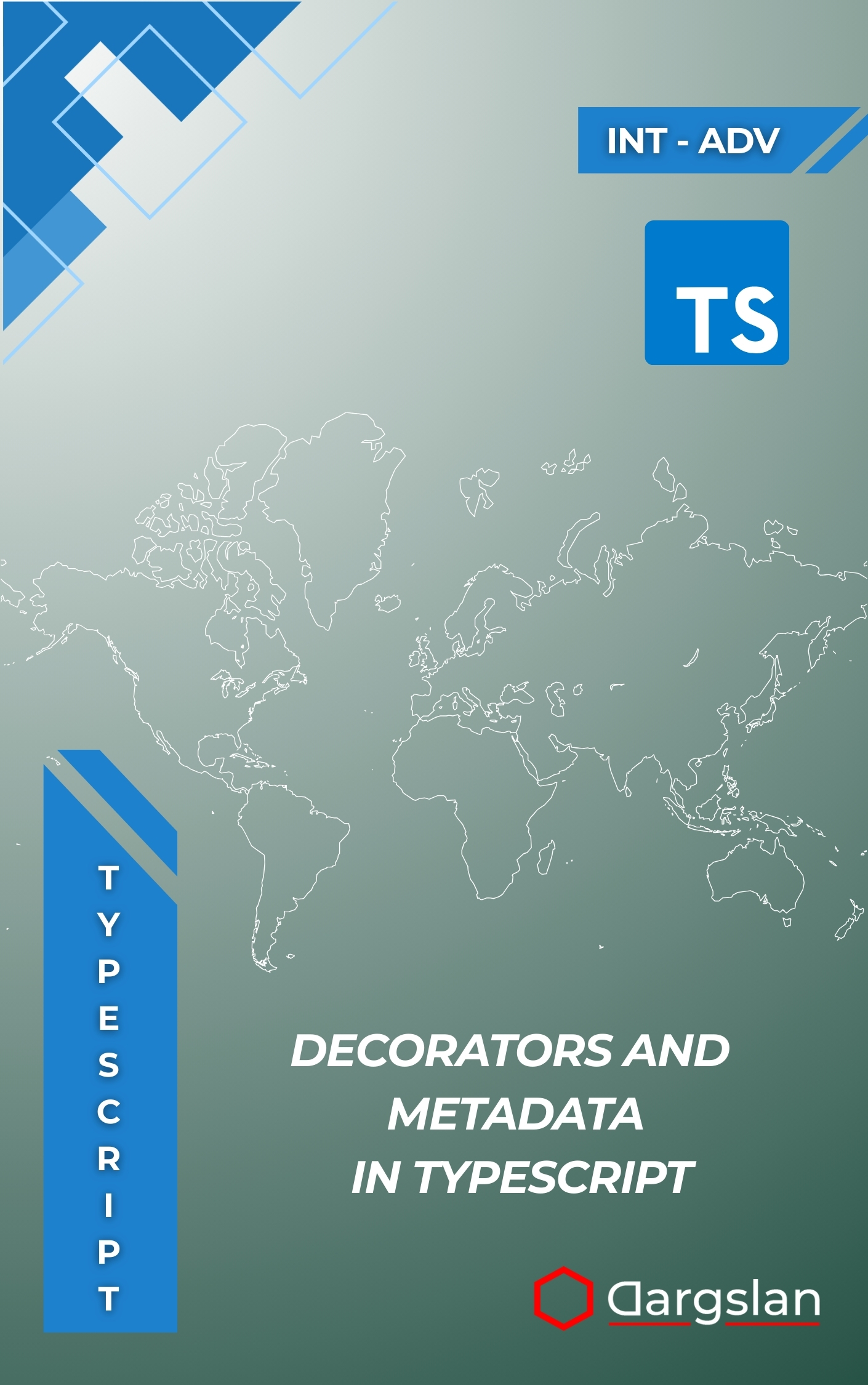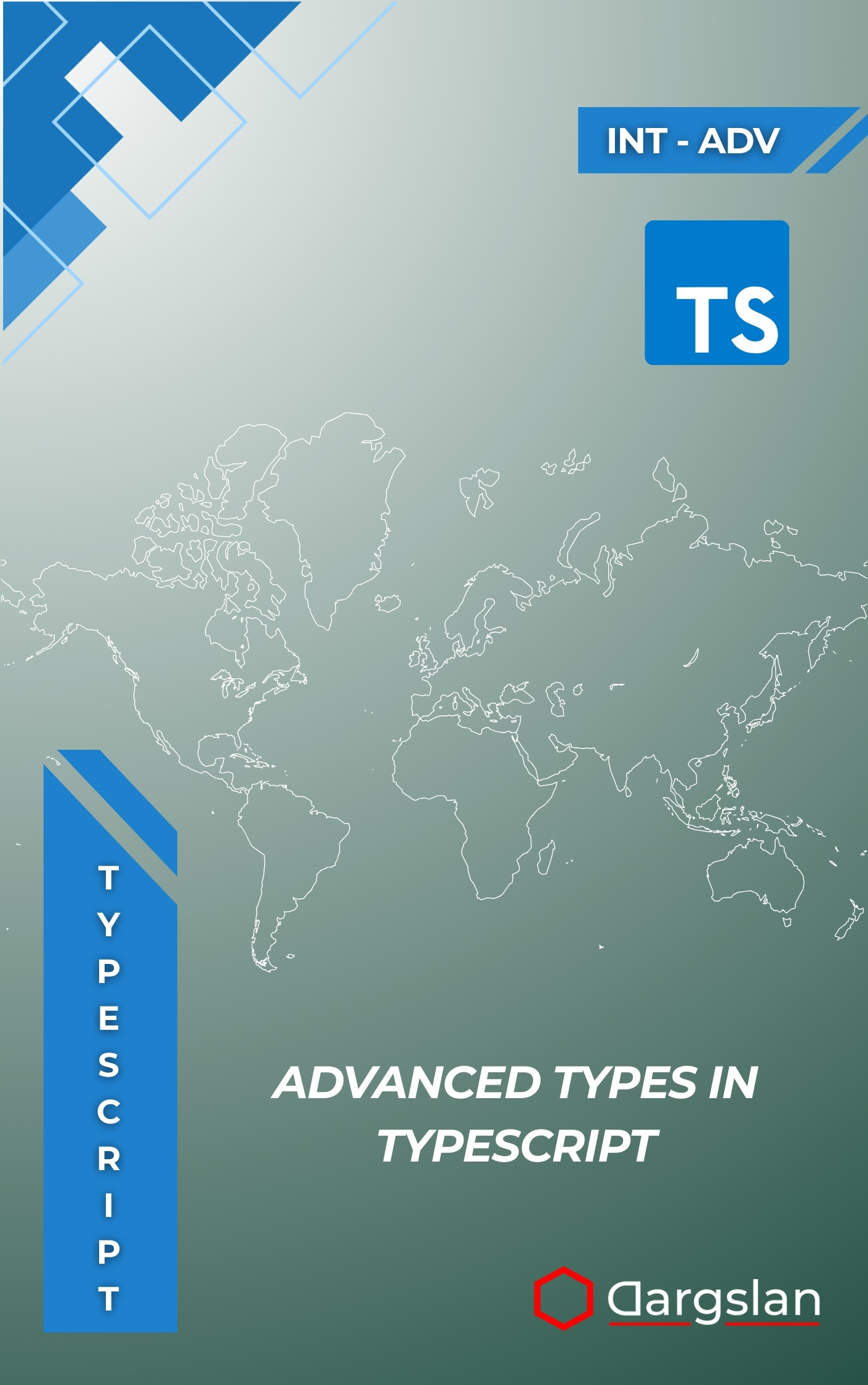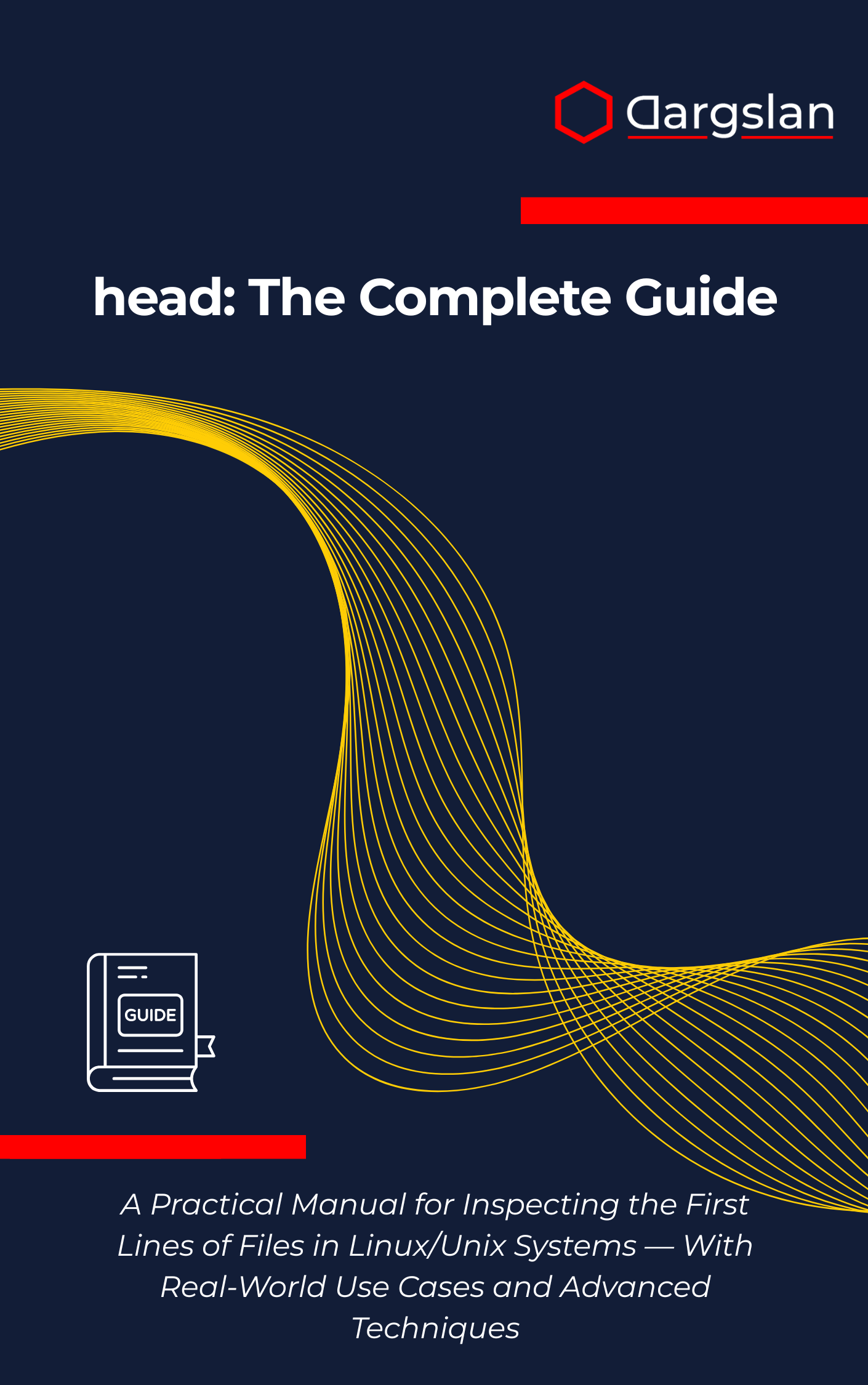passwd: The Complete Guide
Linux Password Management with passwd,Manage and secure Linux passwords effectively using passwd.

Passwords sit at the heart of every Linux and Unix workflow. If you manage user accounts, secure servers, or automate tasks across environments, mastering how passwords are set, stored, and enforced will dramatically improve your security posture and operational efficiency.
Managing Passwords Securely in Linux and Unix Systems for Users, Admins, and Scripts
Overview
passwd: The Complete Guide is a definitive, practitioner-focused resource for Managing Passwords Securely in Linux and Unix Systems for Users, Admins, and Scripts. This IT book blends hands-on examples with deep technical explanation to deliver true passwd command mastery across distributions and enterprise environments. You’ll explore Linux password management end to end, from how passwd updates shadow entries and interacts with PAM, to Unix authentication systems, password policy implementation, and system security administration at scale.
Expect clear, repeatable workflows for user account management, SELinux integration, password automation scripting, cryptographic hashing best practices, remote authentication strategies, container security considerations, and enterprise password policies that actually work. Whether you’re looking for a programming guide to automate rotations or a technical book to harden production systems, this volume gives you the clarity and tooling to move fast without breaking security.
Who This Book Is For
- System administrators and SREs: Cut incident risk and standardize account hygiene across fleets with practical procedures for password policy design, enforcement, and auditing. Learn how to coordinate passwd with PAM modules, centralized directories, and compliance requirements.
- Developers and DevOps engineers: Build reliable automation that handles credentials safely in CI/CD, containers, and hybrid environments. You’ll gain clear patterns for scripting rotations, handling non-interactive password changes, and integrating secure defaults into infrastructure as code.
- Security practitioners and learners: Translate cryptographic theory into day-to-day decisions about hashing algorithms, lockout thresholds, and passwordless strategies. Elevate your career with real-world playbooks that strengthen authentication while preserving usability.
Key Lessons and Takeaways
- Control the full lifecycle of passwords: Learn to create, rotate, expire, and retire credentials with confidence using passwd and related tools. Apply account aging, complexity rules, and lockout policies that align with your organization’s risk profile.
- Harden authentication with the right building blocks: Compare cryptographic hashing methods (including modern, memory-hard options), understand PAM stacks, and configure SELinux contexts to reduce attack surface. You’ll know when to favor stronger hashes, how to secure shadow files, and how to validate policies with repeatable checks.
- Automate safely—at scale: Implement password automation scripting for non-interactive environments, remote authentication workflows, and containerized systems. Use tested patterns to avoid secrets leakage, enforce rotation SLAs, and integrate with centralized identity providers.
Why You’ll Love This Book
This guide combines step-by-step instruction with real-world scenarios gathered from modern production systems. Chapters progress from fundamentals to advanced topics such as SELinux, cryptographic foundations, and passwordless authentication, ensuring you always know what to do next. Each concept is reinforced with examples, templates, and best practices you can apply the same day.
How to Get the Most Out of It
- Start with the core flow, then go deep: Begin by reviewing how passwd interacts with /etc/passwd and /etc/shadow, then layer in PAM, hashing choices, and policy design. Use the early chapters to establish a clean baseline before tackling enterprise controls.
- Apply as you read: Mirror each practice in a lab VM or container so you can test without risk. Validate your policies with deliberate break tests—expired users, lockouts, and rotation checks—so you understand both the happy path and the failure modes.
- Build confidence with mini-projects: Automate password rotation for service accounts, configure SELinux-aware policies for a sensitive host, and implement remote authentication with a central directory. Document your results using the included checklists and templates to create a reusable playbook for your team.
What’s Inside the Pages
The book’s fourteen chapters move from essential concepts to advanced administration, detailing everything from secure defaults and troubleshooting to specialized deployments. You’ll explore passwordless approaches where appropriate, learn to audit configurations, and put strong policies into practice without slowing down your engineering teams. Six appendices provide quick-reference materials, configuration snippets, and exercises to reinforce learning.
Special coverage addresses containers and ephemeral environments, where traditional assumptions break down. You’ll get patterns for running passwd safely in images and orchestrations, handling non-interactive changes, and avoiding the pitfalls that lead to credential sprawl.
Practical Problems, Practical Solutions
This volume excels at turning theory into action. It shows how to choose hashing algorithms that balance performance and resilience, how to secure the shadow database, and how to design policies that defend against brute force, credential stuffing, and misuse. You’ll also learn when to prefer passwordless authentication and how to transition safely with auditability and rollback plans.
Throughout, the guidance emphasizes measurable outcomes: shorter mean time to remediate account issues, fewer failed authentication incidents, and consistent, auditable controls across teams and environments. The result is a robust, repeatable approach to Linux password management that scales.
SEO Spotlight: What You’ll Master
By the end, you’ll be fluent in Linux password management workflows with the passwd command, understand Unix authentication systems and PAM integration, and confidently execute password policy implementation in production. You’ll practice system security administration tactics, streamline user account management, implement SELinux integration where it counts, and use password automation scripting effectively. Along the way, you’ll make informed choices about cryptographic hashing, support remote authentication cleanly, account for container security needs, and design enterprise password policies that pass audits and satisfy real users.
If you’ve been looking for an IT book that functions as both a programming guide and a technical book with practical depth, this is the resource that will raise your standard of care and your team’s velocity.
Get Your Copy
Strengthen your authentication strategy, eliminate guesswork, and adopt proven practices that scale across your Linux and Unix estate. Your future self—and your incident dashboard—will thank you.




